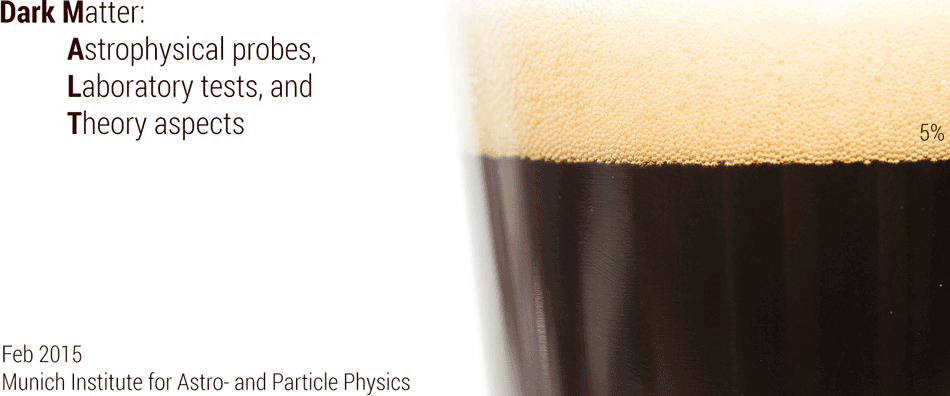In almost a century of progress, particle Dark Matter (DM) remains the single, most powerful physics concept able to explain otherwise anomalous observations on all cosmological scales, from motions of stars in the solar neighbourhood to its imprint on the horizon of the observable Universe. Whereas the gravitational nature of DM is now firmly established, the concrete microscopic properties of the hidden sector remain essentially unknown. However, through a coherent effort, a non-gravitational detection of DM is a realistic possibility within the next decade. It is one in which theoretical models of the hidden sector are steadily confronted with the advances in the three main experimental forefronts:
1) direct detection experiments,
2) astrophysical probes, and
3) production in high-energy or high-luminosity colliders.
The following questions will be addressed in this workshop: Do the experimental and observational data obtained by 2015 show indications for a non-gravitational nature of DM? Which particle properties can we deduce from the measured data? How are the LHC results impacting on the prospects of direct and indirect searches? What are the most promising strategies?
